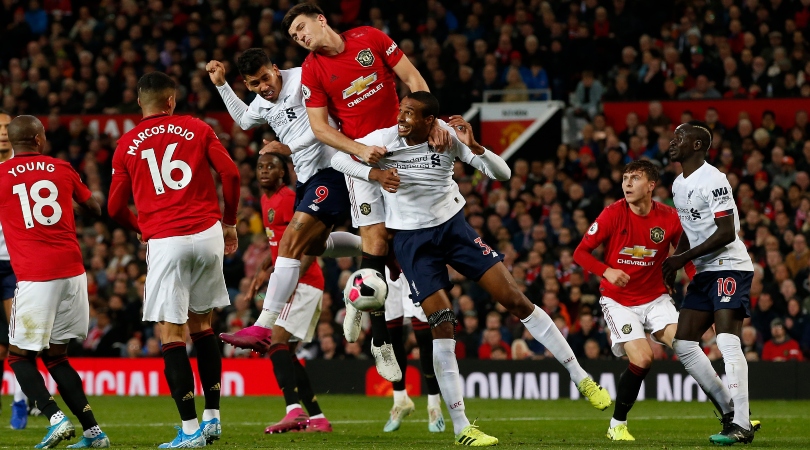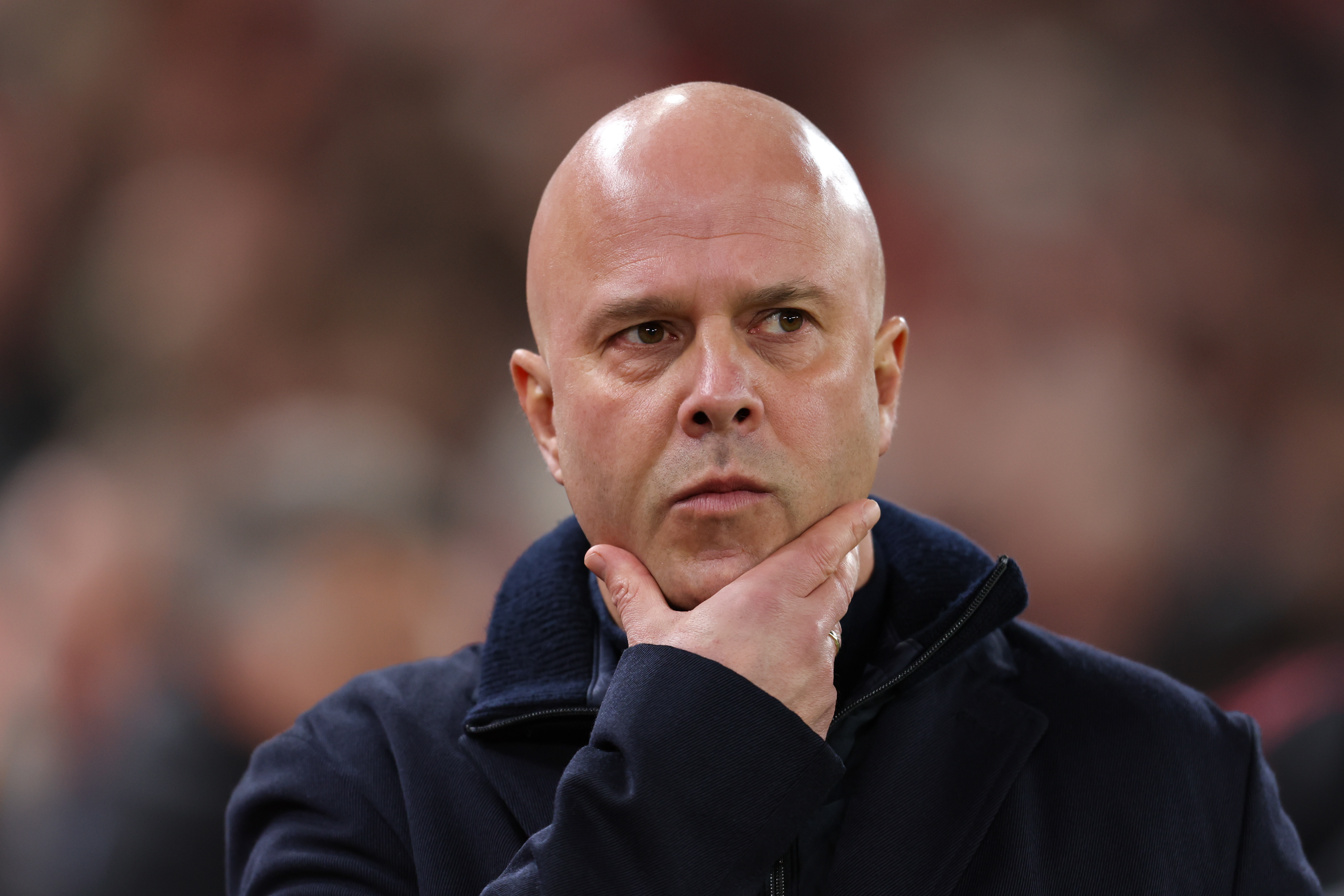Manchester United's back three experiment is a positive sign – and not in the way you think
Not only does the system deployed against Liverpool allow Harry Maguire more freedom to influence a game, it's also the first sign of original thinking we've seen at Old Trafford in a long time

Manchester United’s three centre-backs didn’t quite survive their examination on Sunday. The blame for Adam Lallana’s late equaliser could hardly be pinned on Harry Maguire, Victor Lindelof, or Marcos Rojo – Andreas Pereira should really have cleared Andrew Robertson’s cross – but it still ruined what had otherwise been a positive day.
One of the more curious aspects of that game was just how under-powered Liverpool were. They tiptoed into Old Trafford and even after United took they lead, they didn’t exactly mount a furious response. Instead, it was all quite mild. A lot of their attacking play seemed fairly aimless, too, portraying a forward line out of rhythm and a side suffering from continuity lost over the international break.
The consequence being that United’s defence was never properly tested; it performed well, but without making any real statement about its ability to withstand pressure.
Where it did show its worth was in the support it provided to United's phases in possession. One of their ailments is, of course, a weak midfield which struggles to be productive with the ball. That may change when Paul Pogba returns to fitness or as and when the club re-enter the transfer market in January, but for now Ole Gunnar Solskjaer is reliant on Scott McTominay and Fred, both players with lopsided, defensively weighted skillsets.
The back-three appears to be a measure designed, in part, to support their roles. Having an additional centre-half naturally makes moving upfield easier and offers a simpler route through an opponent’s press, but it also provides – in effect – a pressure valve, an extra passing option for players who aren't technically smooth and who benefit from the availability of an out-ball.
Solskjaer has been perceptive enough to recognise a weakness. He can't change the midfield, because alternative options aren't available, but he can alter the conditions which surround it.
Against Liverpool that also proved an effective way of cooling Jurgen Klopp’s press. The visitors seemed passive by design on Sunday, appearing happy to initially cede control. But even after they fell behind and urgency required, at no point were they able to focus any pressure on either midfielder, or to extract the turnovers in possession which their dynamic forward line so regularly feeds upon. United certainly weren't perfect, Fred actually surrendered the ball very cheaply early in the first half, but they never looked vulnerable in the way that had been expected.
The best features, fun and footballing quizzes, straight to your inbox every week.
So it was a success for Solskjaer. A notch on the belt for a head-coach who is often portrayed as a tactical simpleton and a step forward for side. He may have landed on this solution almost out of necessity, but rarely this season have Liverpool looked quite so impotent and confused; credit where it’s due.
Whether it becomes a permanent feature is a different matter, but if it does it could theoretically be of great benefit to Harry Maguire. On Sunday he only really showed the defensive side of his game. Naturally, because the occasion didn’t call for a cavalier performance; he operated mainly from within his own half or penalty box and his passing was generally conservative.
But Maguire can be such an expressive centre-half. He can rumble forward like a runaway lorry and skittle opponents like bowling pins, but he’s also equipped with an intriguing passing range. So while he may not quite be Matthias Sammer, he certainly has an attacking function which could be better emphasised by a back-three. He could be bolder with the ball at his feet and given more time to be incisive over a medium or long range.
To take that a stage further, it could almost be read as Solskjaer’s attempt to compensate for his midfield’s deficiencies by borrowing attributes from another department. Had it not been for a hip injury suffered in the warm-up at Old Trafford, Axel Tuanzebe would also have been part of that defence and he’s another very mobile, very proactive centre-half.
At the very least it represents original thinking. Solskjaer’s job isn’t to solve all of his club's issues, the majority of those exist well above his paygrade, but his responsibility is to target the problems which are within his influence. This is one of them and, encouragingly, it's been attacked with the first bit of creativity Manchester United's coaching staff have exhibited shown in months.
While you're here, why not take advantage of our brilliant subscribers' offer? Get the game's greatest stories and best journalism direct to your door for only £9.50 every quarter. Cheers!
NOW READ...
LIST Arsene Wenger’s most intense feuds during his time as Arsenal manager
QUIZ Can you name the 29 Football League teams founded after 1900?
GUIDE Premier League live stream best VPN: how to watch every game from anywhere in the world
Seb Stafford-Bloor is a football writer at Tifo Football and member of the Football Writers' Association. He was formerly a regularly columnist for the FourFourTwo website, covering all aspects of the game, including tactical analysis, reaction pieces, longer-term trends and critiquing the increasingly shady business of football's financial side and authorities' decision-making.
 Join The Club
Join The Club






